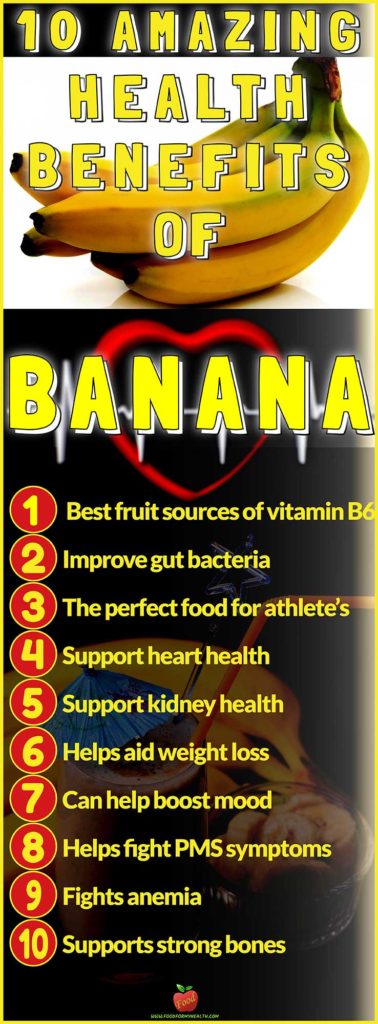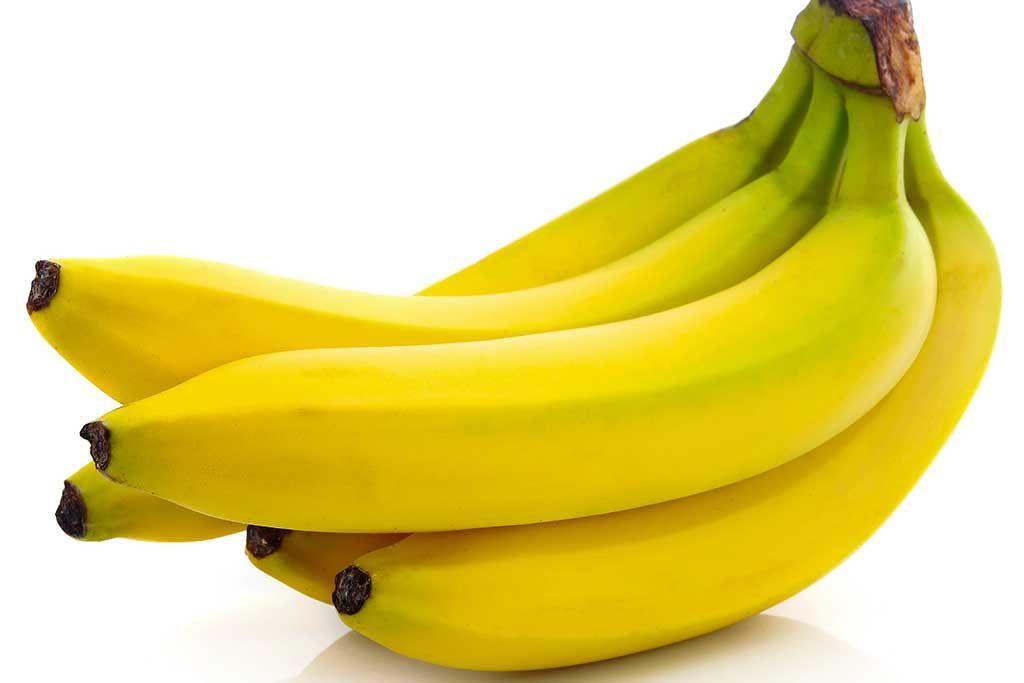10 Amazing Health Benefits of Banana
Originally from Southeast Asia, its cultivation has extended throughout tropical and subtropical regions in Africa and America.
After the apple, the banana is the most consumed fruit in the world. The fact that it is on tables on the five continents may be due to its ease of use.
A banana can be eaten anywhere without the need for a napkin or a knife. It even comes wrapped in its own natural hygienic “packaging” its peel protects it from contamination. But more than anything, the banana is one of the most nutritious and medicinal fruits that exist.
Banana varieties
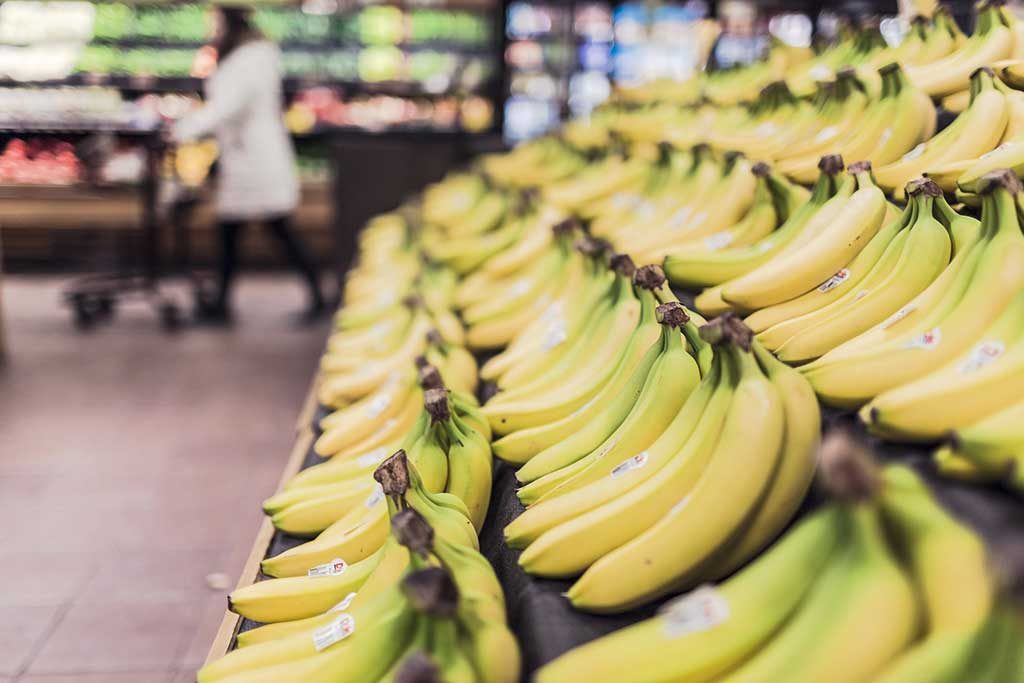
Plantain
These are cultivated in many Central and South American regions, as well as in Africa. It is larger and much less sweet but is rich in starch. Its potassium content is also very high.
It should not be eaten raw. It lends itself to all types of cooked dishes, similar in use to potatoes. They are also used to produce flour that may be used even in bread making. This type of banana is a staple food in many tropical regions.
Red banana
This variety of banana from Malaysia has a dark red peel and flavor very similar to the common banana. It is eaten raw.
Dwarf banana
These are smaller, sweeter, and more flavorful than the common banana. They are raised in the Canary Islands and in Southeast Asia.
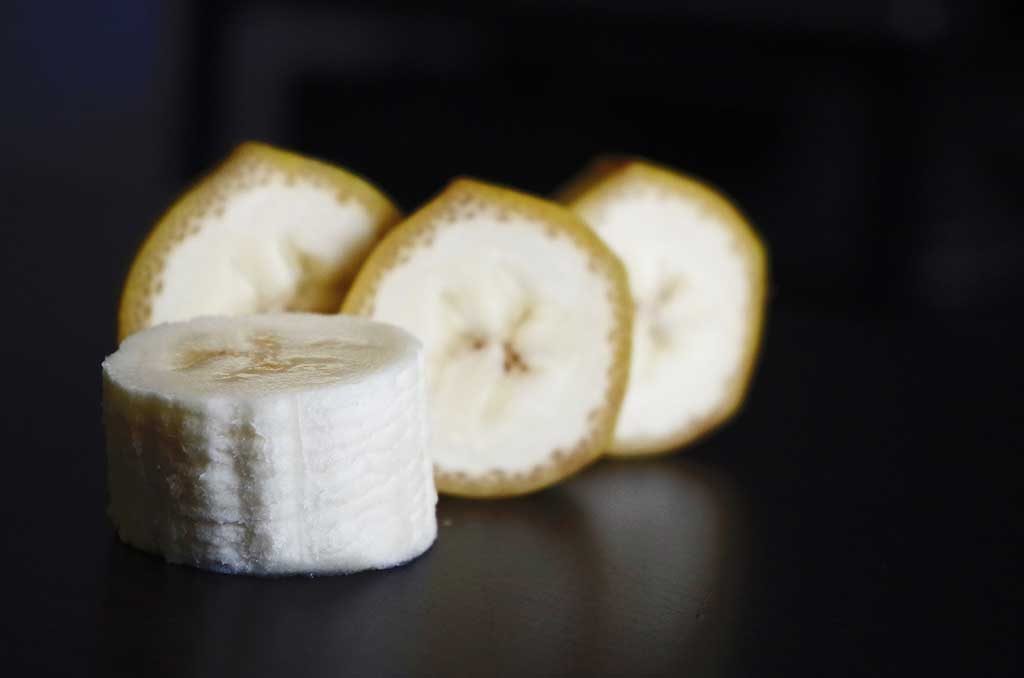
Properties and indications:
Carbohydrates are prominent in the banana’s composition (up to 21%). Unripe bananas are made up primarily of starch. As they ripen, this starch converts to sugars such as saccharose, glucose, and fructose. About 1% starch remains in a ripe banana, which poses no difficulty if it is well chewed.
However, unripe or green bananas contain significant amounts of starch that is difficult to digest and can cause flatulence (intestinal gas) and dyspepsia (indigestion). Bananas contain a small amount of proteins (1%) and very little fat (less than 0.5%). Bananas stand out for their vitamin Вб content. About three medium-sized bananas provide the recommended daily allowance of this vitamin for an adult male.
Bananas also contain significant amounts of vitamins C, Bi, B2, and E, as well as folates.
Bananas are also quite rich in minerals, prominent among which are potassium, magnesium, and iron. Their rich potassium content makes them one of the best fresh fruit sources of this mineral: only the avocado and the date surpass the banana in potassium.
Both types of vegetable fiber, soluble and insoluble, are present in significant amounts in bananas, as a fruit is concerned: 2.4 g/100 g. This fiber contributes to the banana’s hypolipidemic (lipid and cholesterol-lowering) and intestinal-soothing effects.
Bananas contain small amounts of SEROTONIN. This substance, which is derived from the amino acid tryptophan, performs various functions within the nervous system such as arterial vasodilation, inhibition of pain in the spinal cord, and sedation of the nerves. The effect on the body of the small amounts of serotonin found in bananas is still being studied.
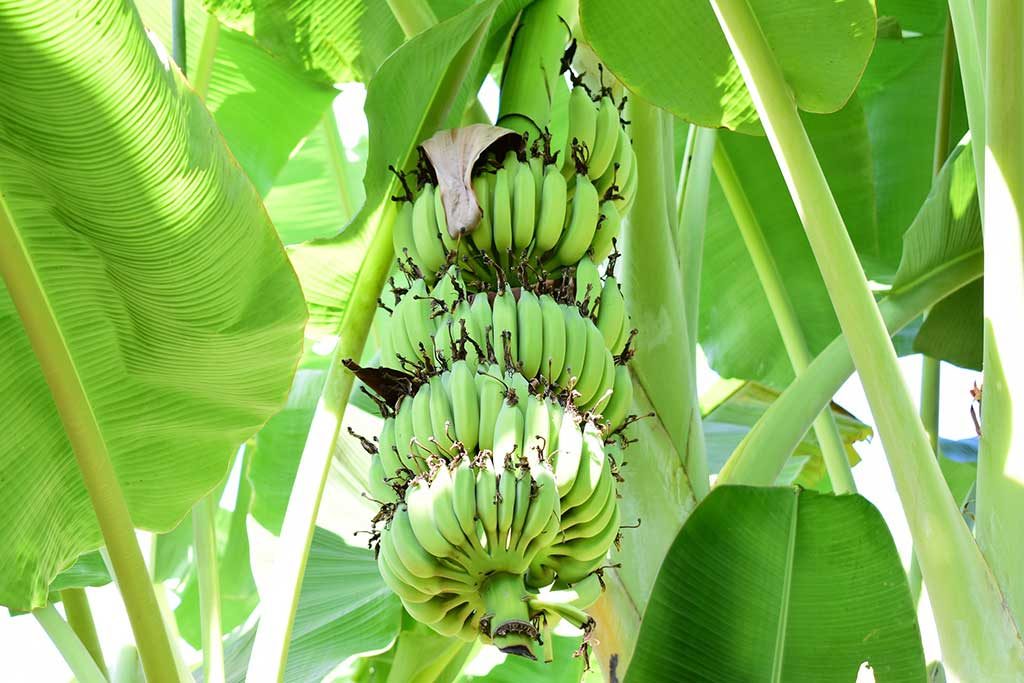
Medicinal applications of bananas:
Coronary disease
Bananas are an ideal fruit for those suffering from coronary disease (angina, myocardial infarction, arrhythmia, heart failure) effective in relieving diarrhea in children as well as in adults. They are also effective for those suffering from celiac disease (poor intestinal absorption accompanied by diarrhea and undernourishment produced by an allergy to gluten) and may be eaten abundantly or even exclusively for some days. Bananas are an ideal food for those who suffer from this disorder, along with corn and rice.
Uric arthritis and gout
Bananas alkalize the blood, which helps neutralize and eliminate the excess uric acid that causes arthritis and gout.
Low sodium diet
Bananas are the ideal fruit whenever a low sodium diet is called for since they provide calories, vitamins, and other minerals. Their use is recommended in cases of cirrhosis, ascites (accumulation of fluid in the peritoneal cavity), edema (retention of watery’ fluid in the tissues) caused by cardiac or renal nephritis, nephrosis, or kidney failure.
Diabetes
Bananas are not contraindicated for diabetics, although the use of the carbohydrates they contain in the form of sugars must be controlled. In contrast to refined sugars (white sugar), those found in bananas are absorbed more slowly and do not produce a sharp rise in blood glucose (sugar) level.
The Case of Gastroduodenal Ulcer…
Bananas have traditionally been used in diets for ulcers because of their ability to neutralize excess stomach acid while protecting the mucosa Their use is equally beneficial in any type of dyspepsia (digestive disturbance).
However, investigations conducted in India show that bananas are not as effective as oatmeal in reducing stomach acid. In some cases, bananas may increase gastric juice production. Because of this, bananas should not be used indiscriminately in the diets of ulcer sufferers.
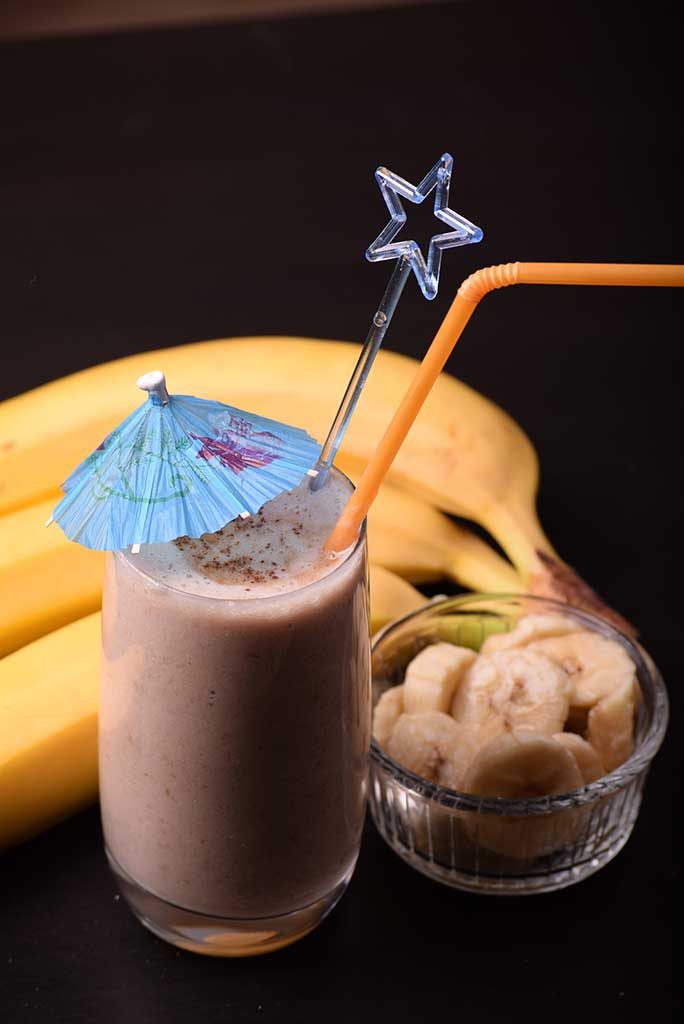
Preparation and Use
Raw: This is the ideal way to consume it. We must bear in mind that all bananas consumed in non-producing countries are collected unripe and artificially ripened in chambers. This process causes them to have fewer sugars and vitamins than those ripened on the tree.
Cooked in different ways: Most vitamins are lost this way, although carbohydrates, minerals, and other nutrients remain. The variety most often cooked is plantain, which is very rich in starch.
The digestion of the banana begins in the mouth. Its starch content is difficult to digest, especially when the banana is unripe, and can produce flatulence. Proper digestion is facilitated by chewing the banana well, mixing it with saliva.
Pin Us On Pinterest
